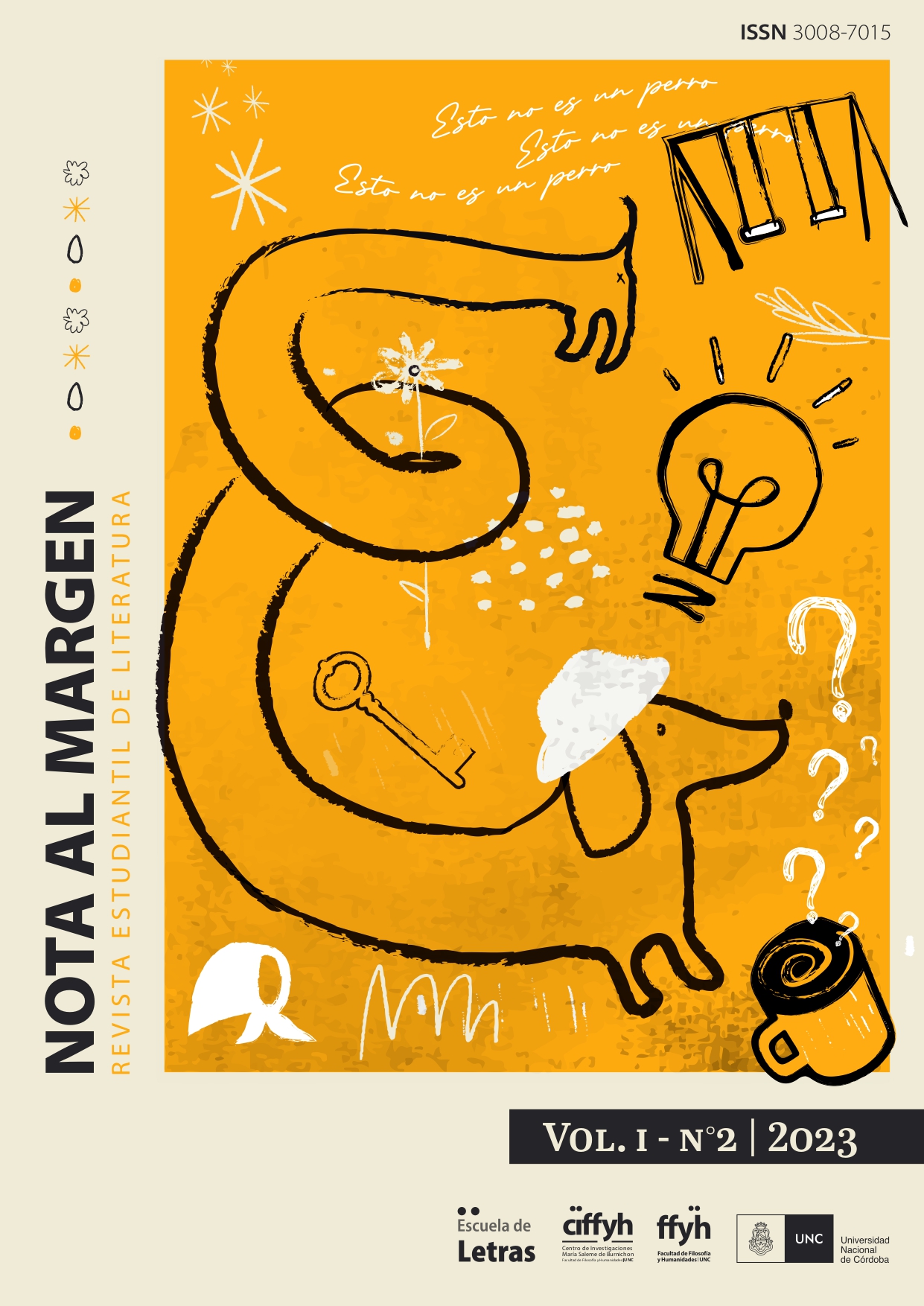The Price of Flying High: Freedom and Death in Parallel in the New Spain Poetry
Keywords:
New spain period, romanticism, captivity, freedom, image iconography, emblems, ekphrasis, aviaryAbstract
The role birds play in the New Spain literature and, later, in Romanticism, can be associated with human behavior: analogies, symbolisms and meanings that lead us to different interpretations. In this analysis, we will explore poetry written by various authors with different points of view, which are related to their time and production context. Based on the most current emblems and supported by the concept of ekphrasis, we aim to highlight the presence of an image in the New Spain poetry. The little bird’s gaze, its actions and everything that surrounds it are crucial elements towards the understanding of certain meanings such as freedom, death and captivity.
References
Bocanegra, M. (1995). Poetas novohispanos segundo siglo (1621-1721). Parte primera. UNAM.
Castellanos, E. T. (s.f.). Flores Silvestres. Universidad Autónoma de Nuevo León. Recuperado de: http://cdigital.dgb.uanl.mx/la/1080019413/1080019413.PDF
Diccionario Histórico de la Lengua Española (s.f.). Recuperado de: https://apps2.rae.es/DA.html
Velázquez, A. (1998). Castas o marchitas “El amor del colibrí” y “La flor muerta” de Manuel Ocaranza. UNAM.
Landívar, R. (2012). Rusticatio mexicana. Universidad Nacional de Costa Rica.
Navarrete, F. M. (1991). Entretenimientos poéticos, Tomo I. Porrúa.
Zapata, L. D. (1986). Obras. Ed. de José Pascual Buxó. Fondo de Cultura Económica (Letras Mexicanas).
Alberdi Soto, B. (2016). Escribir la imagen: la literatura a través de la écfrasis. Literatura y Lingüística. (33), pp. 17-37.
García, J. (2010). II Repertorio de aves. Symbola et emvlemata avium. Las aves en los libros de emblemas y empresas de los siglos XVI y XVII. (Pp. 517-519). SIELAE (Seminario Interdisciplinar para el Estudio de la Literatura Áurea Española).
De Covarrubias, S. (1610). Emblemas Morales. Recuperado de: https://play.google.com/books/reader?id=Naq7LRbQ80EC&pg=GBS.PA16-IA1&hl=es
Ferro, G. (1623). Teatro D ' Imprese (p. 309). Parte Prima. Recuperado de: https://play.google.com/books/reader?id=khzg_bpLq9AC&pg=GBS.RA1-PA308&hl=es
Mitchel, W. (2009). Picture Theory: Essays on Verbal and Visual Representation. , Trad. de Y. Hernández. Akal.
Pimentel, L. (2012). Ecfrasis y lecturas iconotextuales. Poligrafías. Revista De Teoría Literaria Y Literatura Comparada, (4). Recuperado de: https://www.revistas.unam.mx/index.php/poligrafias/article/view/31343
Infantes, V. (1996). La presencia de una ausencia: la emblemática sin emblemas. En Literatura emblemática hispánica. Actas del I Simposio Internacional (A Coruña, 1994), Sagrario López Poza (ed.). A Coruña: Universidade, 1996, pp. 93-109.
Published
Issue
Section
License
Copyright (c) 2023 Cynthia Marlene Gómez Castillón

This work is licensed under a Creative Commons Attribution-NonCommercial 4.0 International License.
Usted es libre de:
Compartir — copiar y redistribuir el material en cualquier medio o formato.
Adaptar — remezclar, transformar y contruir a partir del material.
La licenciante no puede revocar estas libertades en tanto usted siga los términos de licencia
Bajo los siguientes términos:
Atribución — Usted debe dar crédito de manera adecuada,
brindar un enlace a la licencia, e indicar si se han realizado cambios.
NoComercial — Usted no puede hacer uso
del material con propósitos comerciales.












